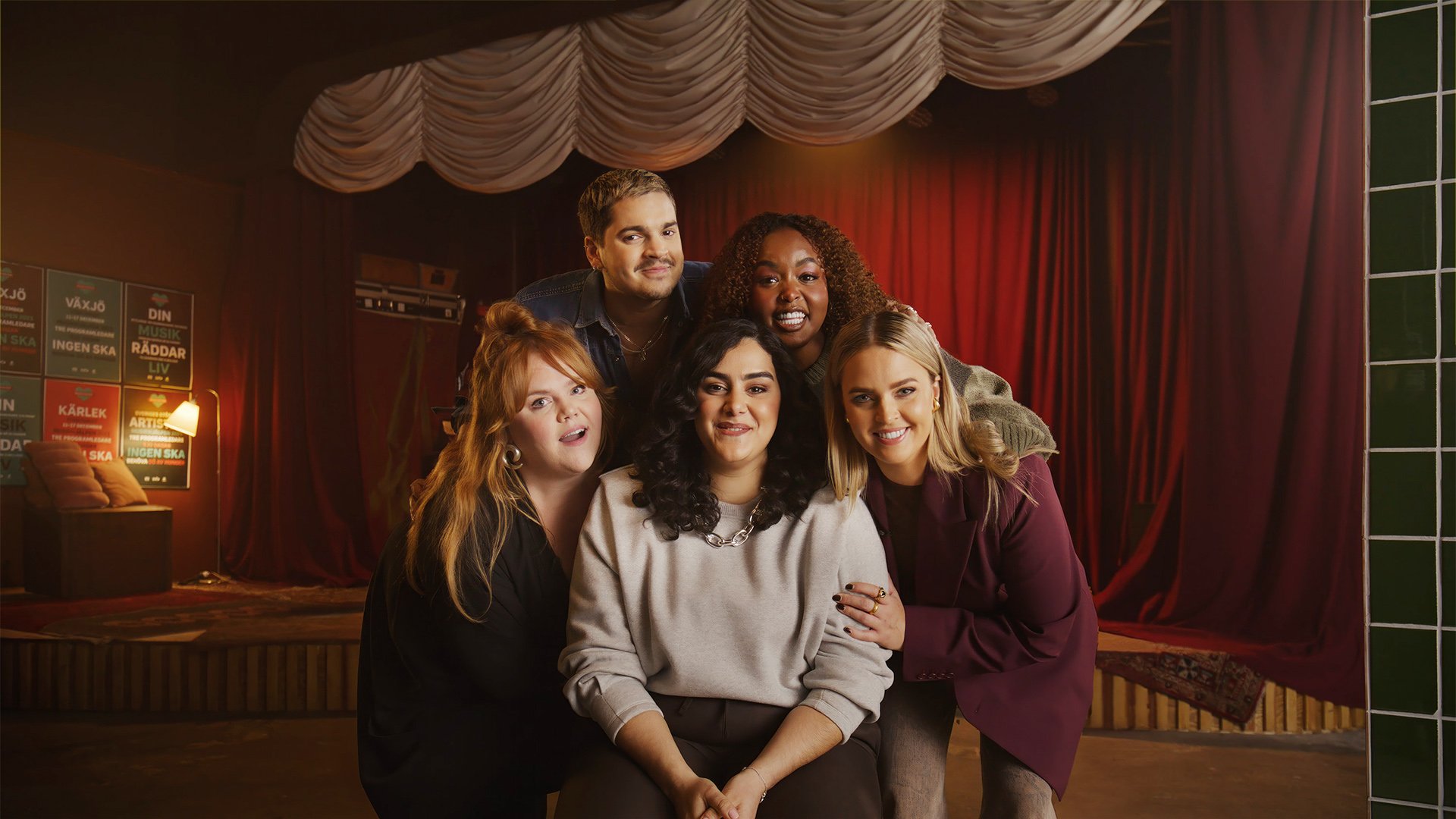3D Scanning in Pre-Production with Polycam App.
Film and photography creation is about control. Even if a part of your shoot is improvised, it was planned to be executed that way in pre-production. I am very much a "you can't predict but you can prepare" kind of person. I'm also a big believer in the development of various previsualization tools – tools that allow you to execute your shoot before everyone shows up on set. A new tool I tried out is Polycam.
This software transforms a phone equipped with a LiDAR scanner (like my iPhone 14) into a 3D scanning device.
I was on a location scout for a recent project, instead of leaving the site with just wide-angle shots, I scanned it with my phone, to create a 3D mockup using the Polycam app. I later imported this data into Cinetracer (Unreal Engine also works) and actively mocked up the shoot that was about to happen. The location was offering several backdrops but we still had to choose one.
Rather than postponing these decisions until the shoot day I used the mockup to present different camera framing options to the production team. I also recommend combining Polycam and Cinetracer with Google Earth to track the sun's rotation on the day of shooting.
Decide in pre-production what framing you want to use.
Add symbolic actors, props and pre-light.
Although it was only me and the producer at the recce initially, this approach ensured that the entire team was informed and aligned. This high level of preparedness led to a controlled and seamless shooting experience.
Frame grab from final film sequence
It's a fairly simple method that can help you get ahead of small hiccups early in pre-production. Given its substantial benefits, I think it's a no-brainer skill to learn. It has helped me in numerous other shoots to pedagogically explain and show the client or the production team why we need a bigger green screen or why we can't shoot full-body in that tiny office space, etc.
If you like this, I recommend checking out my other Previs blog post. Thank you.
Behind the scenes.




